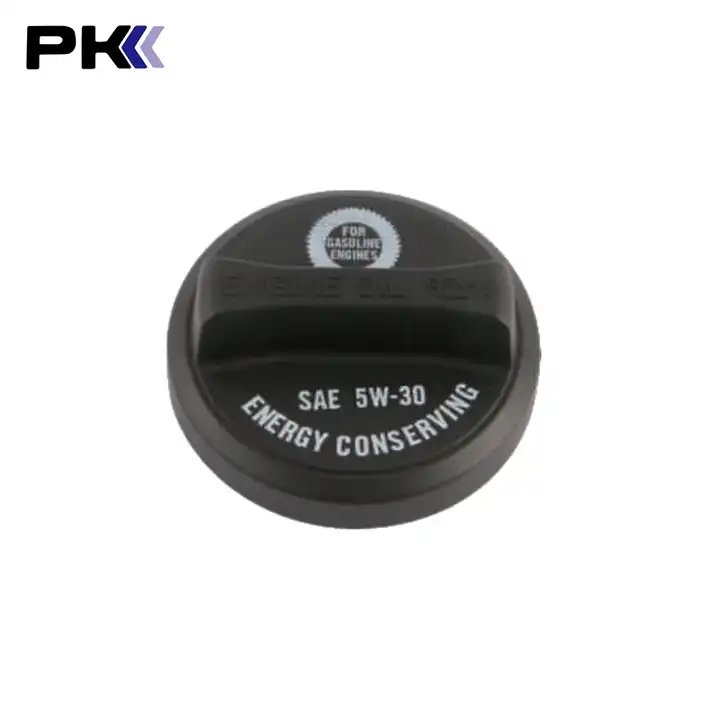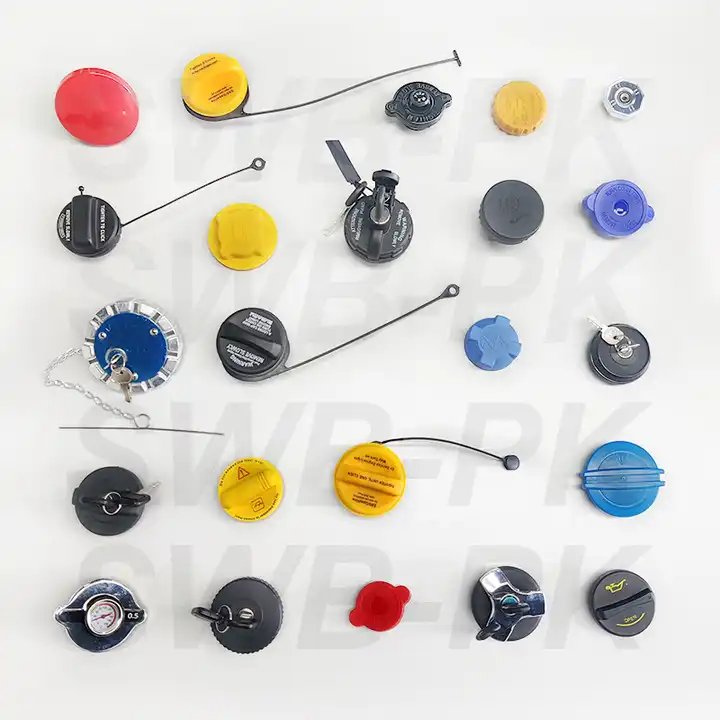Fuel Tank Cap: Various Types and Practical Functions
Among the numerous components of a car, the fuel tank cap, though inconspicuous, plays a significant role that cannot be ignored. Today, let’s take a closer look at the types and functions of the fuel tank cap.
I. Types of Fuel Tank Caps
(1) Traditional Mechanical Fuel Tank Cap
This is the most common type of fuel tank cap. Usually made of metal or plastic, it is connected to the vehicle body by a simple hinge and is opened and closed manually. Its design is relatively simple, typically consisting of an outer cover and an inner cover. The outer cover serves to protect the inner cover and the fuel tank opening from external factors such as dust and rain, while the inner cover plays a sealing role to prevent fuel from evaporating and leaking.
(2) Push-Type Fuel Tank Cap
This type of fuel tank cap is widely used in some modern vehicle models. It doesn’t have a traditional outer handle. When the vehicle is unlocked, just gently press on one side of the fuel tank cap, and it will automatically pop open. This design is not only convenient and quick but also makes the vehicle’s exterior look more sleek and smooth, reducing the risk of scratches caused by protruding handles.
(3) Recessed Fuel Tank Cap
The recessed fuel tank cap is a relatively high-end and refined design. It is flush with the surface of the vehicle body. When it’s time to refuel, by pressing the control button inside the vehicle or when approaching the fuel tank cap while the vehicle is unlocked, the fuel tank cap will slowly open and recess inward to expose the fuel tank opening. After refueling, it can be closed again with another operation and blend perfectly with the vehicle body. This type of fuel tank cap enhances the overall aesthetics and technological feel of the vehicle.
II. Functions of Fuel Tank Caps
(1) Fuel Sealing
Regardless of the type of fuel tank cap, its primary function is to ensure the sealing of fuel inside the fuel tank. Good sealing performance can effectively prevent fuel from evaporating into the atmosphere, reducing fuel waste and environmental pollution. Meanwhile, it can also avoid potential safety hazards caused by fuel leakage, such as fires.
(2) Preventing Foreign Objects from Entering
The fuel tank cap can block dust, sand, water and other foreign objects from entering the fuel tank. If these foreign objects mix with the fuel, they may affect the quality of the fuel, resulting in incomplete combustion in the engine, reduced power, and even damage to the components of the engine’s fuel system, such as fuel injectors.
(3) Pressure Balance
During the driving process of the vehicle, the fuel in the fuel tank will experience pressure fluctuations as the temperature changes. The fuel tank cap is usually equipped with a pressure regulating device. When the pressure inside the fuel tank is too high, it can release part of the pressure; when the pressure is too low, it can prevent a large amount of outside air from entering, thus maintaining the relative stability of the pressure inside the fuel tank and ensuring the normal operation of the fuel system.
(4) Anti-theft Function
Some fuel tank caps have anti-theft designs. For example, some traditional mechanical fuel tank caps can be locked with a special key, and only the matching key can be used to open them, effectively preventing fuel theft. And the electronic fuel tank caps of some high-end vehicle models are connected to the vehicle’s anti-theft system. When the vehicle is locked, the fuel tank cap cannot be easily opened, further enhancing the security of the vehicle’s fuel.
Although the fuel tank cap is just a small component on a car, it plays a crucial role in aspects such as fuel storage, vehicle safety and environmental protection. Understanding the types and functions of the fuel tank cap can not only help us better understand the structure of the car but also make us more proficient in daily vehicle use and maintenance.







